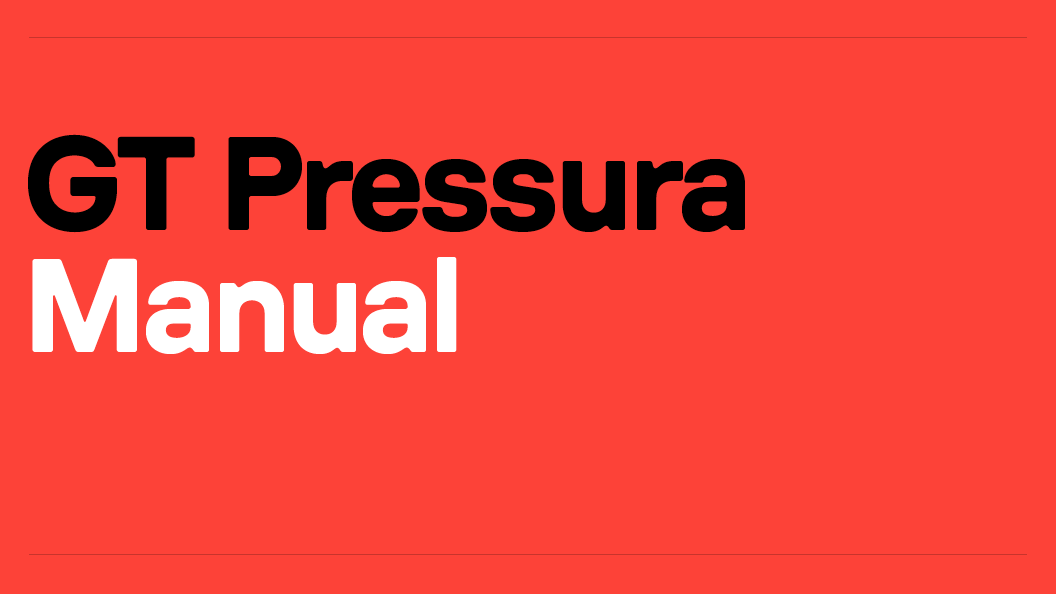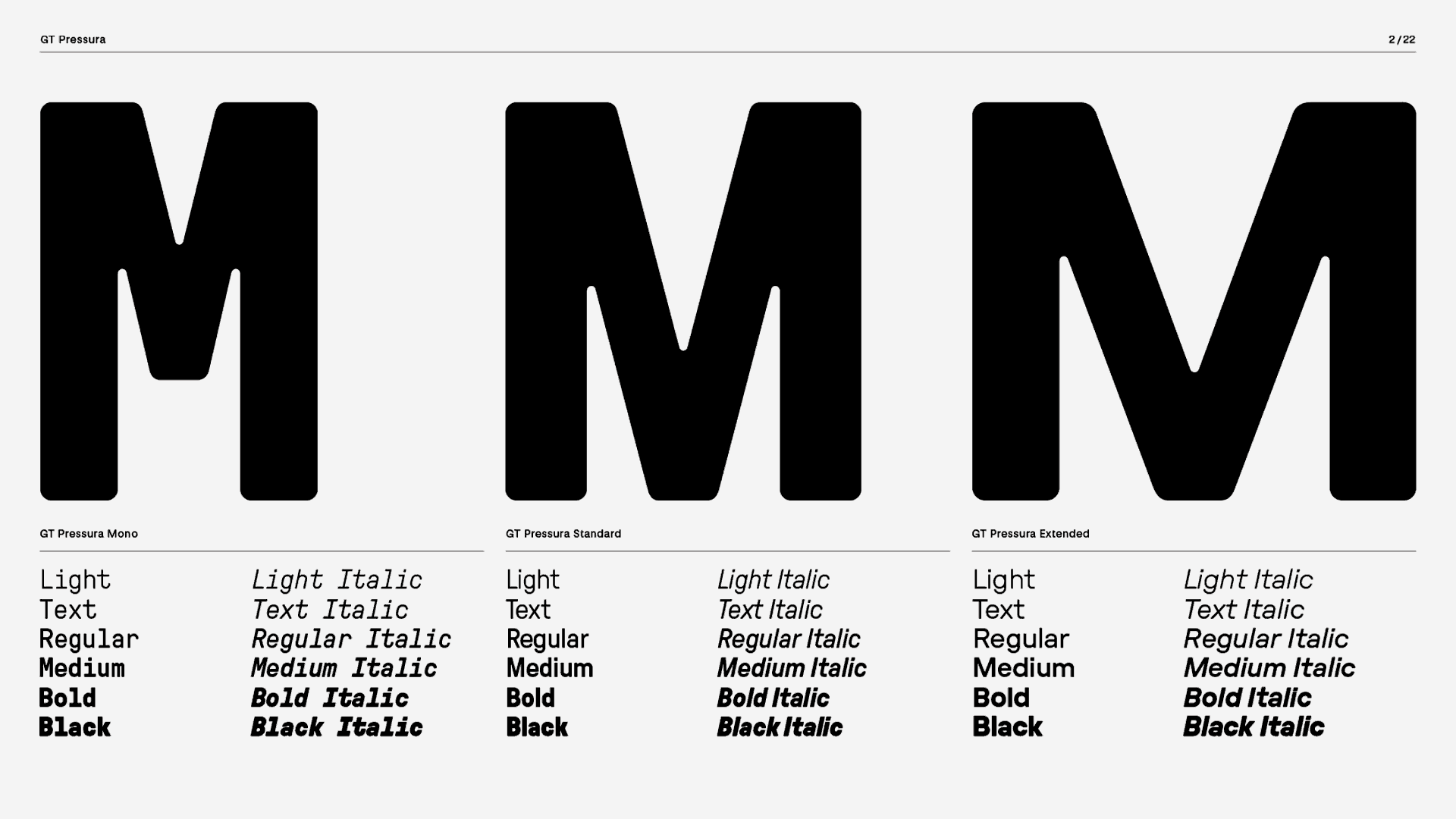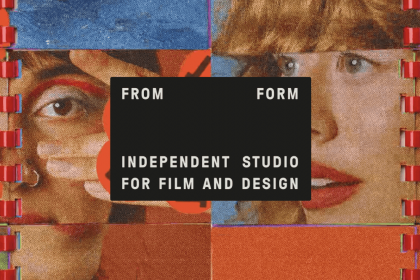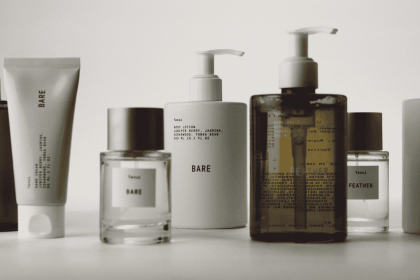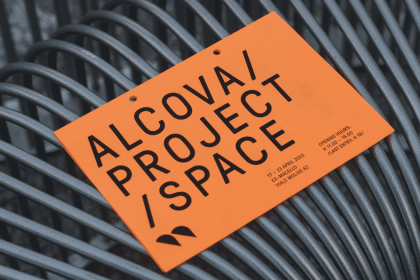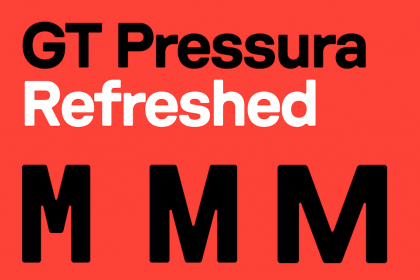GT Pressura
Family overview
- Standard
- Light Italic
- Text Italic
- Regular Italic
- Medium Italic
- Bold Italic
- Black Italic
- Mono
- Light Italic
- Text Italic
- Regular Italic
- Medium Italic
- Bold Italic
- Black Italic
- Extended
- Light Italic
- Text Italic
- Regular Italic
- Medium Italic
- Bold Italic
- Black Italic
Subfamilies
- Standard LightТрошкина в группу бывших подельников Доцента: глуповатых, но в общем славных растяп, которым не повезло в жизни.
- Standard Light ItalicLTL shipments range from 50 to 7,000 kg (110 to 15,430 lb), being less than 2.5 to 8.5 m (8 ft 2.4 in to 27 ft 10.6 in) the majority of times.
- Standard TextUnder the supervision of Tantlinger, a new 35 ft (10.67 m) x 8 ft (2.44 m) x 8 ft 6 in (2.59 m) Sea-Land container was developed, the length determined by the maximum length of trailers then allowed on Pennsylvanian highways.
- Standard Text ItalicIn November 1932, the first container terminal in the world was opened by the Pennsylvania Rail Road
- Standard RegularSimple rectangular timber boxes, four to a truck, they were used to convey coal from the Lancashire collieries to Liverpool
- Standard Regular ItalicUm ba ba be
- Standard MediumCryogenic Liquid, Help prevent contact with cryogenic liquids! These substances can cause serious damage to the eyes or your skin or can cause frostbite injuries.
- Standard Medium ItalicBased on the Transporter, the size and capacity of the Conex were about the same, but the system was made modular, by the addition of a smaller, half-size unit of 6 ft 3 in (1.91 m) long, 4 ft 3 in (1.30 m) wide and 6 ft 10 1⁄2 in (2.10 m) high.
- Standard BoldIn April 1951 at Zürich Tiefenbrunnen railway station the Swiss Museum of Transport and the Bureau International des Containers (BIC) held demonstrations of container systems for representatives from a number of European countries, and from the United States.
- Standard Bold ItalicIn ordinary circumstances, long-haul equipment will weigh about 15,000 kg (33,069 lb), leaving about 20,000 kg (44,092 lb) of freight capacity.
- Standard BlackДжентельмены удачи на английском языке или с английскими субтитрами
- Standard Black ItalicКин-дза-дза! на английском языке или с английскими субтитрами
- Settings
Typeface information
GT Pressura is inspired by metal type printing history as well as engineered letters stamped onto shipping boxes. It uses the visual gesture of ink spreading under pressure as a stylistic device, offering an alternative to more spindly typefaces of the digital age.
Typeface features
OpenType features enable smart typography. You can use these features in most Desktop applications, on the web, and in your mobile apps. Each typeface contains different features. Below are the most important features included in GT Pressura’s fonts:
- TNUM
- Tabular Figures
13.07.2048
- SS01
- Alternate a
React
- CASE
- Case sensitive forms
¿TE GUSTA?
Typeface Minisite
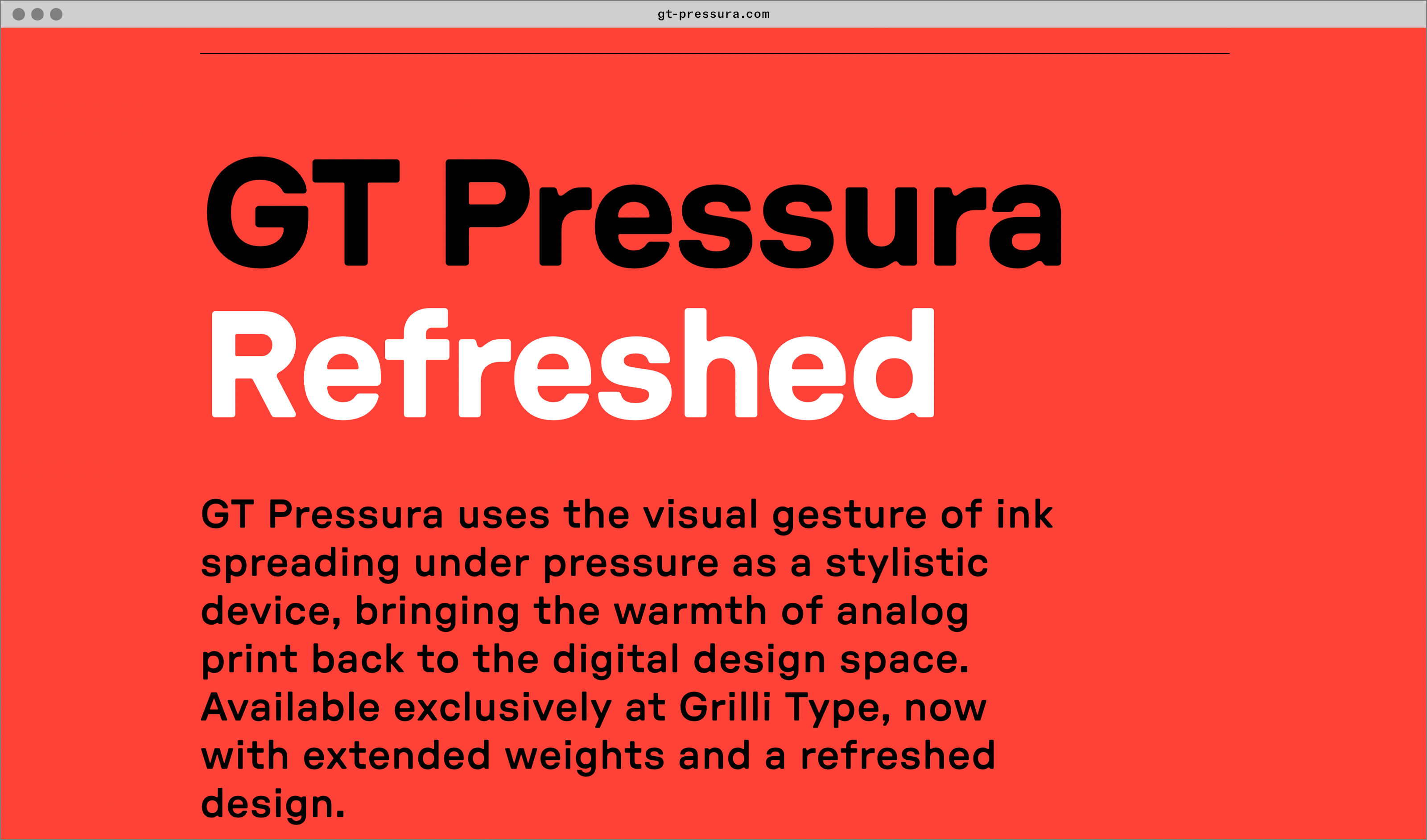
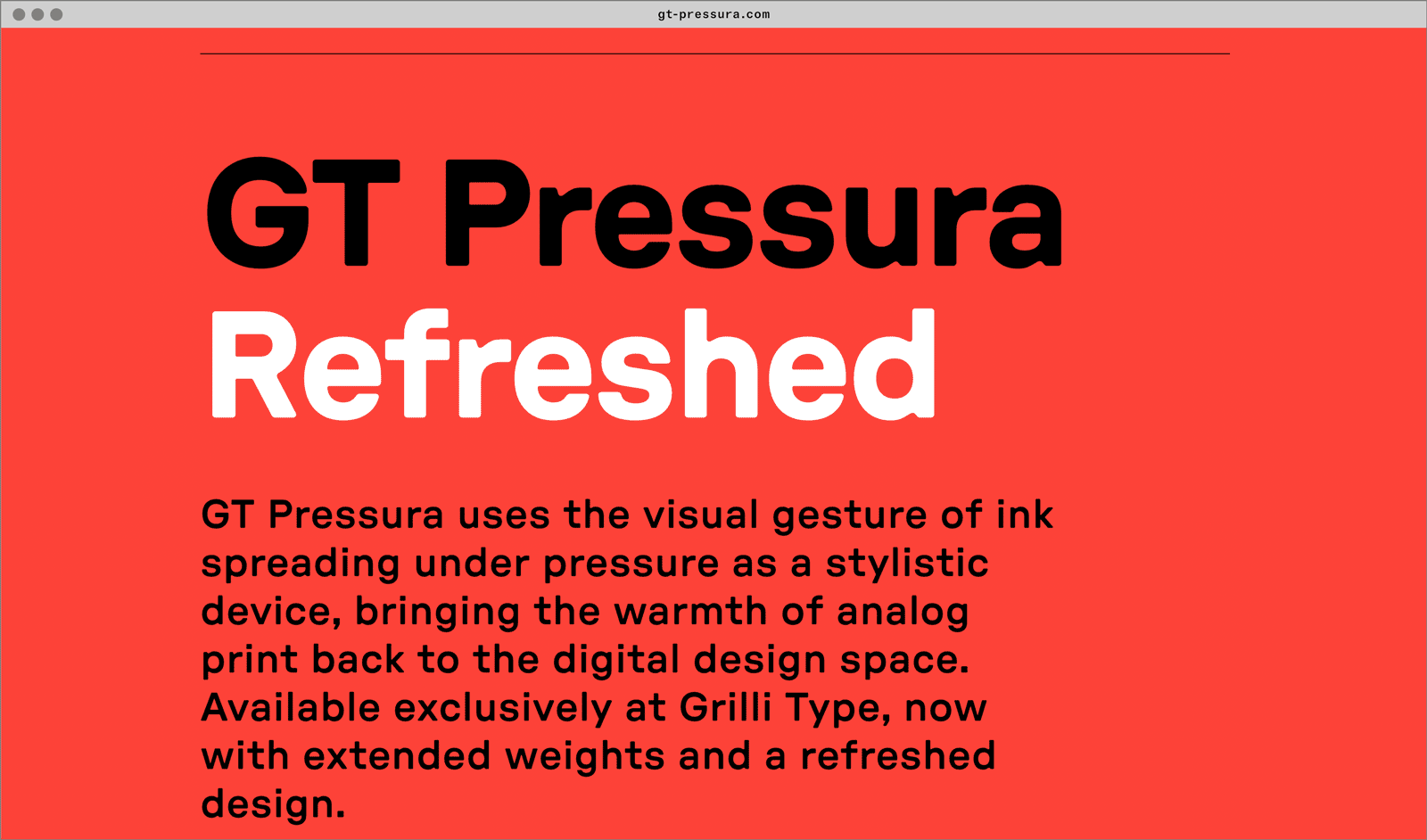
- Visit the GT Pressura minisite to discover more about the typeface family’s history and design concept.
GT Pressura in use
